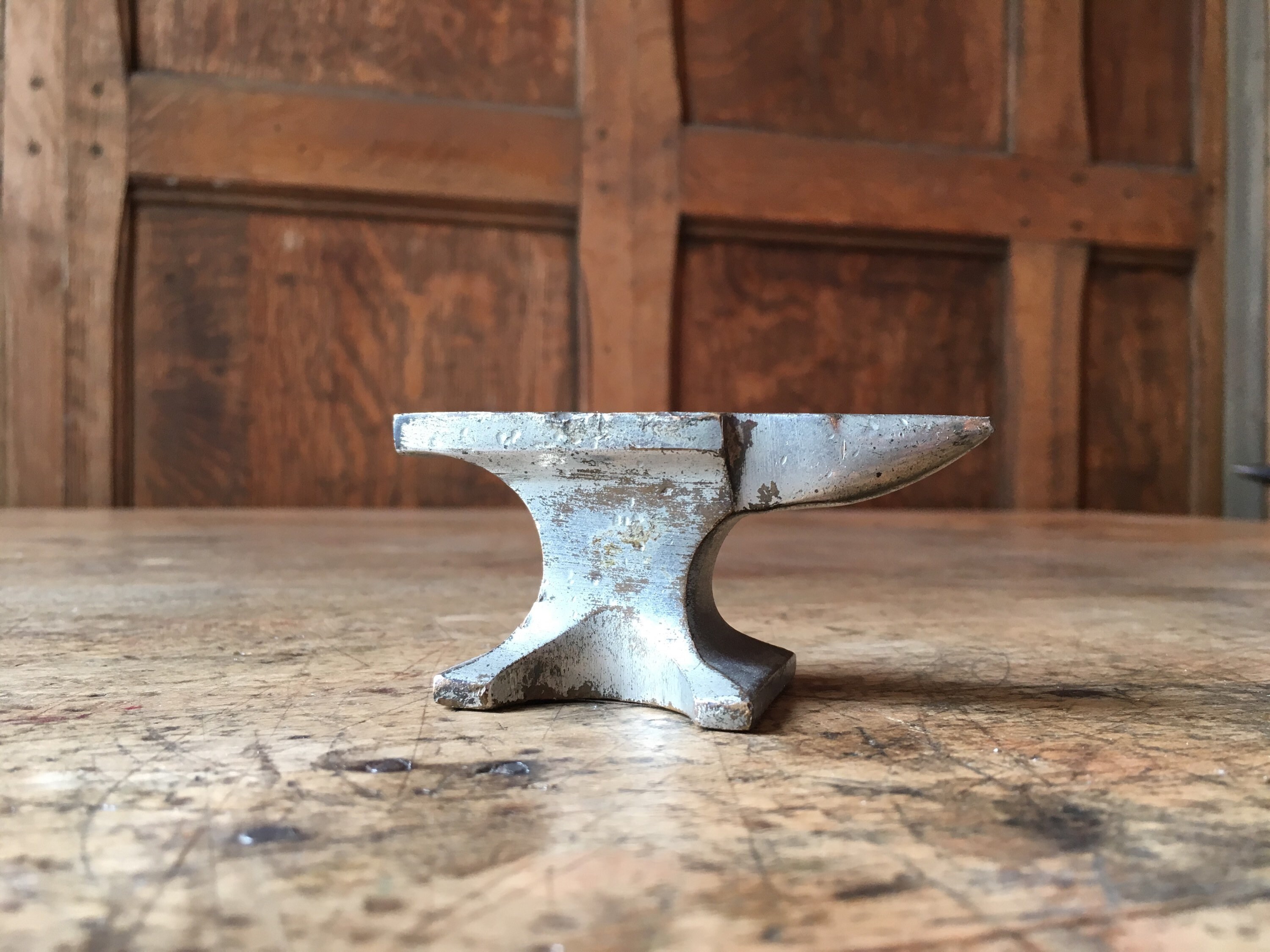

There’s a loss of power, but it’s negligible. This keeps my elbow slightly bent when my hammer hits the stock (figure 9), which has produced another desirable effect–my elbow stopped hurting. Instead, I’ve set my anvil height so my tongs are in line with the anvil face (figure 8).
#Anvil weight trial
Through trial and error, I discovered the perfect anvil height for me has nothing to do with my hammer hand. As my back began to hurt, I would stop bending enough for the lowered anvil, making it difficult to hit with a flat, clean blow (figure 7). I dreaded practice because it hurt my back so badly. I couldn’t get the benefits of the lowered anvil without causing lower back pain. Few people have perfected this method of hammer swing as well as Edgewood, N.M., shoer Craig Trnka or Carter.
#Anvil weight full
This means using your knees and back to reach full height at the top of the swing and then lowering your body on the downswing. Lowering an anvil allows the hammer to travel further, provided you involve your whole body in the swing. Above all, if what you’re doing isn’t working, change it! Several years ago, I lowered my anvil several inches trying to gain power in my swing as well as to prepare for the height of the anvils used at the Calgary Stampede. If a higher anvil causes you to lose hammer control, try lowering the anvil or pitching the face.įor most of us, change is difficult but often necessary. He explains that he can lower his body to accommodate a low anvil, but it’s hard to raise up and hit flat on a high anvil (figure 6). Because the face is pitched, the hammer can continue in an arc even though your hand has reached the bottom of the swing (figure 5).ĭusty Franklin of Pleasant Hill, Mo., likes an anvil that’s positioned at the bottom of his knuckles or lower. Realize, however, that too much pitch will also cause your work to fall off the anvil.Ī pitched face also allows you to lower the anvil without having to bend your back. Pitching the face has two advantages.įirst, it helps slag fall off the anvil face. “Hickman’s Farriery” suggests the anvil be placed 27 to 30 inches high, with the face pitched away from the blacksmith. In figure 4, her hammer handle isn’t even close to being parallel to the face of the anvil. There certainly would be more hammer power if she could hit my tool flat without having to raise her shoulder. Figure 4 shows her on her toes at the end of her swing, but raising her shoulder unnaturally due to the anvil height. Notice in figure 3 how Kelly is standing on her tiptoes to get high enough.

Notice the angle of the hammer handle when in contact with the tool.įigures 3 and 4 show us fullering a shoe during the actual competition. Figure 2 is staged to show Kelly hammering in relation to the flatter placed on the anvil. Photos of us competing in the draft team class in Oklahoma show exactly what Carter described. In our shop, we place a platform on her side of the anvil to adjust for our height differences. Perhaps positioning a pallet on the off-side of the anvil is just what the doctor ordered. Carter said he didn’t notice any contestants at last winter’s American Farrier’s Association convention who set up their stations with the striker in mind. This can involve a difference of several inches depending on the type of top tools used and the overall length of sledgehammer head. However, two main considerations for Shayne are the type of work he’s doing and who he’s working with.įor example, if he’s making tools with a striker, his anvil is set lower to accommodate the height of the top tool and striker. For his everyday working anvil, Shayne likes the face to be level with his knuckles as described above. A call to Draper, Utah, farrier Shayne Carter to get his input quickly proved how much there is to learn about this craft.


 0 kommentar(er)
0 kommentar(er)
